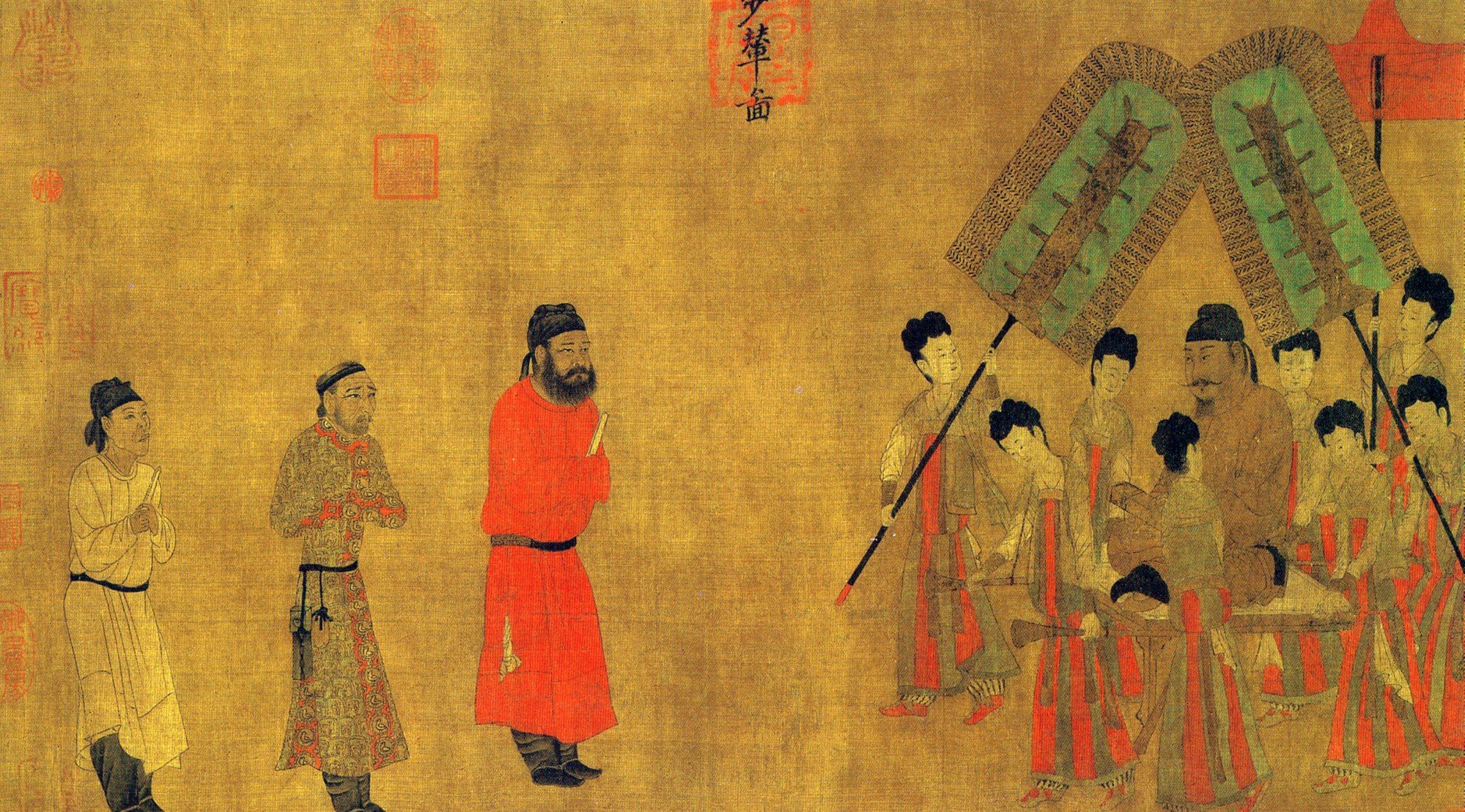
How Tharman Shanmugaratnam’s election victory refutes the idea Singapore isn’t ready for a non-Chinese prime minister, and a history lesson on tolerance
- Tharman Shanmugaratnam is the first South Asian to win a contested presidential election in Singapore, suggesting a non-Chinese prime minister might be next
- In 7th century China, multiculturalism flourished under the Tang dynasty, with foreigners appointed to high-ranking civil and military positions
Singapore’s new president, Tharman Shanmugaratnam, is of Ceylon Tamil descent. While there have been two presidents with South Asian heritage – Devan Nair (1981–85) was appointed by the country’s parliament before the presidency became an elected office in 1991, and S.R. Nathan (1999–2011) was elected unopposed twice – Tharman, as he’s popularly known in Singapore, was the first to win a contested election.
The prevalent misgivings over his close ties with the ruling People’s Action Party notwithstanding, one cannot ignore his convincing electoral win. Of the 2.5 million votes cast (representing a 93 per cent voter turnout), 70.4 per cent went to Tharman over his opponents Ng Kok Song and Tan Kim Lian.
Although the president, as head of state, performs a ceremonial, ambassadorial and limited custodial role, Tharman’s resounding victory over his ethnic-Chinese opponents refutes the oft-repeated notion that Chinese-majority Singapore is “not ready” for a non-Chinese prime minister, the principal official who actually runs the multicultural city state as head of government.
The Tang dynasty (618–907) was arguably China’s most multicultural period, a natural outcome of historical events that had transpired in the previous three centuries.

Beginning in the early 4th century, non-Han Chinese peoples to China’s north and west invaded and founded multiple states in the Chinese cultural heartland north of the Yangtze River.
Over the next few centuries, northern China became a melting pot. Intermarriage was common. Even as the non-Han Chinese conquerors deliberately or inadvertently became “more Chinese”, the Chinese nation was also being enriched by the culture and customs of non-Han Chinese peoples living in its midst.
Some Chinese emperors got a ‘second term’, just as Trump may do
By the early 7th century when the Tang dynasty was founded, it was not uncommon among members of society’s elite to have one or several non-Han Chinese ancestors. Even the imperial clan, the Li family, had Central Asian antecedents.
China during the Tang dynasty was a military, economic and cultural powerhouse. Its frontiers and spheres of influence stretched all the way to Persia and the Arab world in the west, the Korean peninsula and Japanese islands to the east, and Vietnam to the south.
The size and wealth of the empire, as well as its cultural achievements, attracted many foreign traders and intellectuals to its ports and cities.

The Tang government welcomed these foreign visitors, giving them land to build their homes and places of worship. Many Persians, Arabs, East and Southeast Asians, and even Europeans and Africans settled in Chinese cities like the capital, Changan (present-day Xian), and coastal cities such as Guangzhou and Quanzhou.
Quite a few of these foreigners became high-ranking civil and military officials, such as the famous generals Go Seon-ji (Gao Xianzhi in Chinese), who was Korean, and Geshu Han, who was of Turkic ethnicity.
The Japanese scholar Abe no Nakamaro, who was appointed to the important position of director of the Palace Library, was a good friend of Li Bai and Wang Wei, two of the most celebrated poets of the Tang dynasty.
There were many other non-Han Chinese who occupied lower-ranked positions in both the central and local governments.
The debatable origin story of China’s ethnic majority Han Chinese people
Multiculturalism, or even a semblance of it, was a rare exception in the ancient world. Even in the most liberal and diverse cities in the 21st century, we’re naturally inclined to form tribes of varying shades of exclusivity and malignancy. But what’s “natural” isn’t necessarily good or desirable.
We must be vigilant of our inclination for xenophobia and racism, in the same way we have laws against nepotism, theft and murder, actions that are informed by natural human instincts.
The election of Tharman as president of Chinese-majority Singapore doesn’t mean that race ceases to be a factor in everyday life in the country or that racism has disappeared. It is simply a step in the right direction, a propitious milestone in a work in progress.

